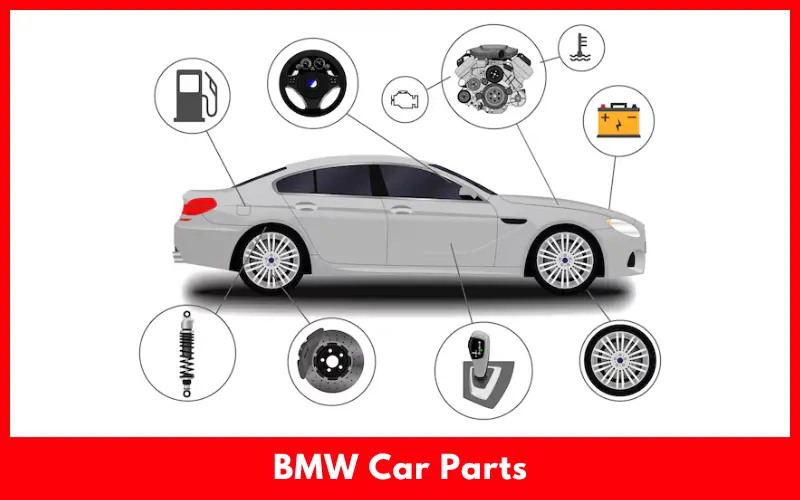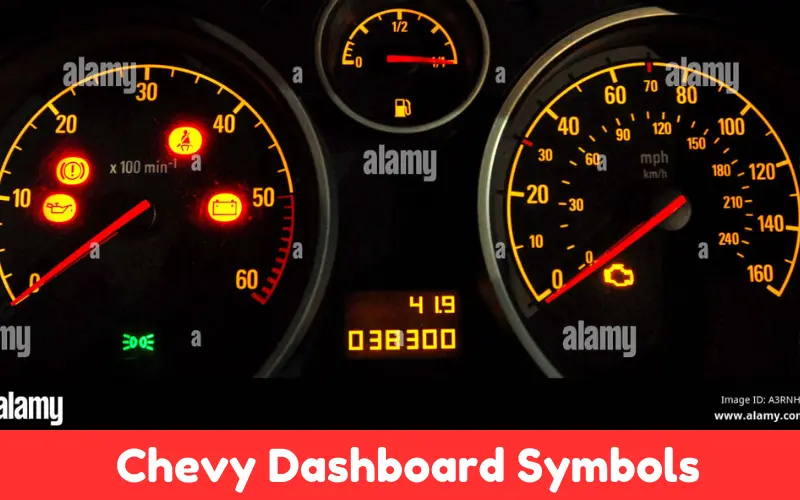ADAS Technology And What They Mean for Drivers
As the reality of autonomous vehicles continues to gain ground, advanced driver assistance systems (ADAS) are here to seal the gap between traditional cars and modern vehicles. Artificial intelligence, sensor technologies, and computing power are the core forces behind the advancements in ADAS technology and the overall automotive glass technologies. In this article, we look at the latest advancements in … Continue Reading










